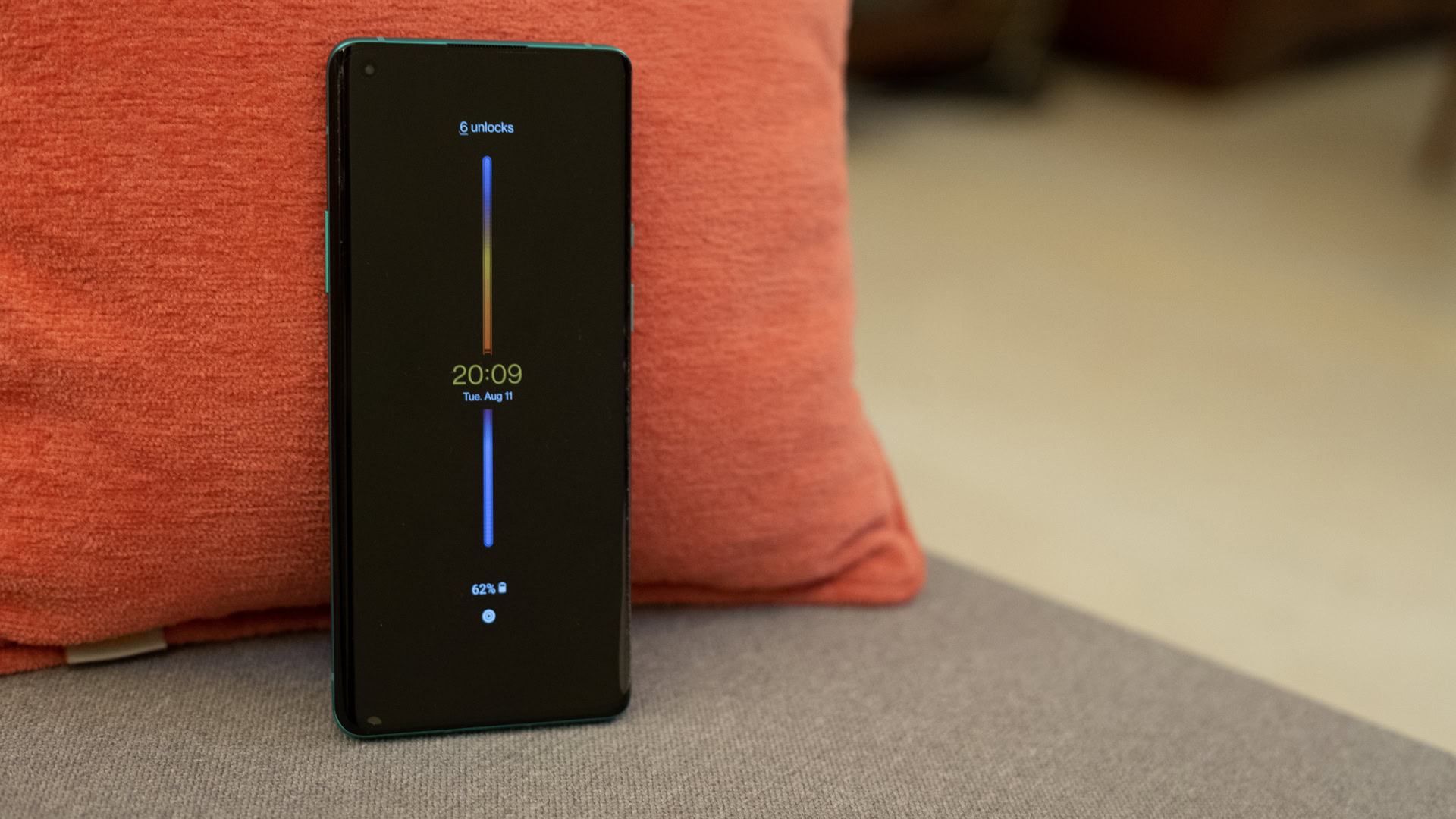Affiliate links on Android Authority may earn us a commission. Learn more.
OnePlus 8 users can try Oxygen OS 11 with always-on display (Gallery)

- OnePlus has released Android 11 Developer Preview 3 with first access to Oxygen OS 11.
- The software adds an always-on display mode, a new visual design and one-handed UI changes.
- It’s only available for the OnePlus 8 and OnePlus 8 Pro for now.
As promised, OnePlus has released its final Oxygen OS preview for the OnePlus 8 and OnePlus 8 Pro — and there’s a lot in store for fans of the company’s customized take on Android.
Its version of Android Developer Preview 3 includes a “first look” at several Oxygen OS 11 features, most notably a long-anticipated always-on display feature. You no longer have to wake your OnePlus phone in some cases. The company is mum on the full functionality, but you’ll have access to 11 new clock styles.
The overall interface is getting a makeover, too. You’ll find a new layout better suited to one-handed use (important on increasingly larger phones) as well as a new visual design for elements like the Launcher and apps like Gallery, Notes, and Weather. There’s even a new OnePlus Sans font meant to improve readability.
You can also expect a Gallery feature that automatically creates weekly stories based on photos and videos. There’s now live wallpaper that changes based on the time of day (similar to iOS 13), an optimized Dark Mode with automatic toggling, and Zen Mode upgrades that include more timing options and sharing with friends.
See also: Five things I would change about OnePlus’ Oxygen OS
As usual with pre-release software, there are plenty of risks. This won’t work with T-Mobile and Verizon phone variants, to start. OnePlus also warned that some third-party apps might not work properly, and you could encounter stability problems with both the OS and your network connection.
This isn’t for anyone who absolutely needs a reliable phone, then. Even so, it’s an important preview release. It shows that OnePlus is addressing both conspicuous feature gaps and acknowledging that its phones’ ever-larger AMOLED screens demand interface tweaks.